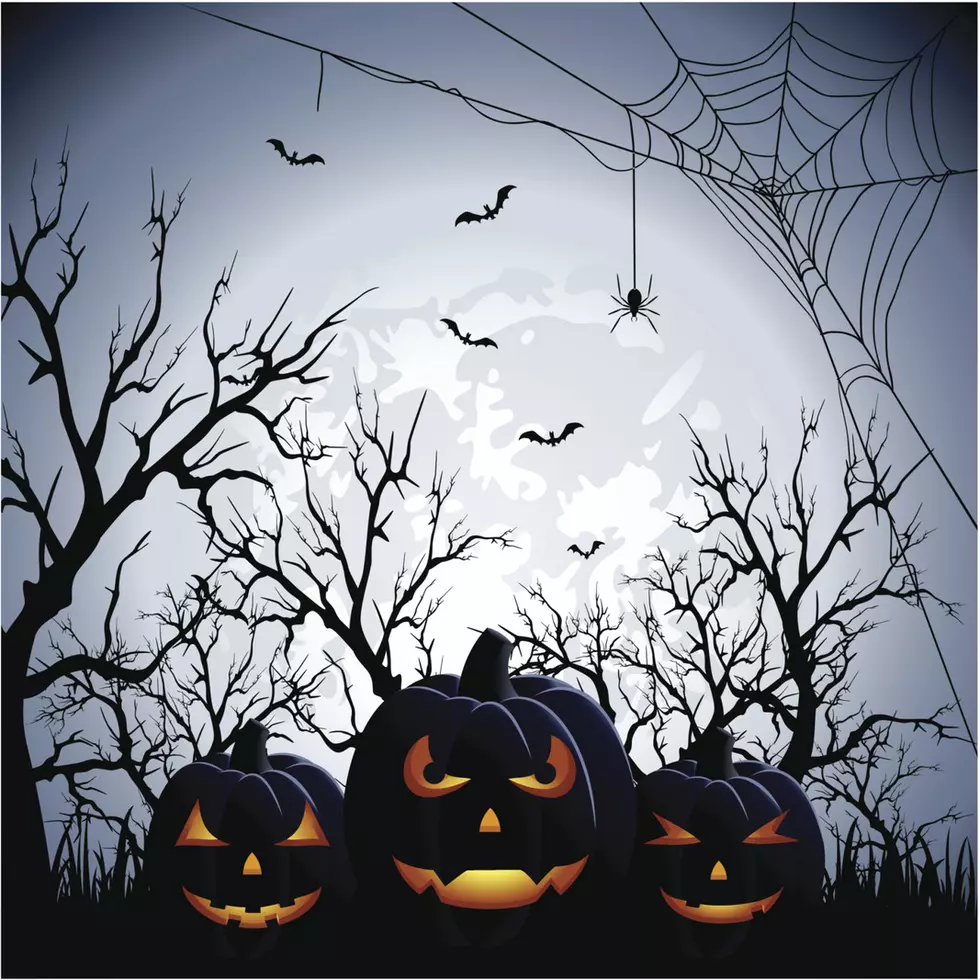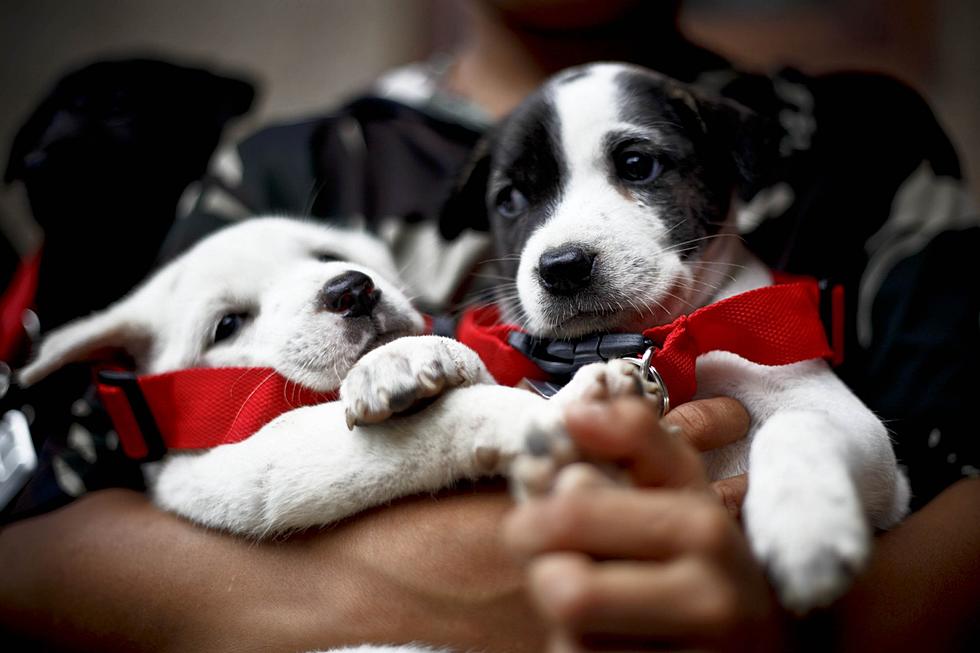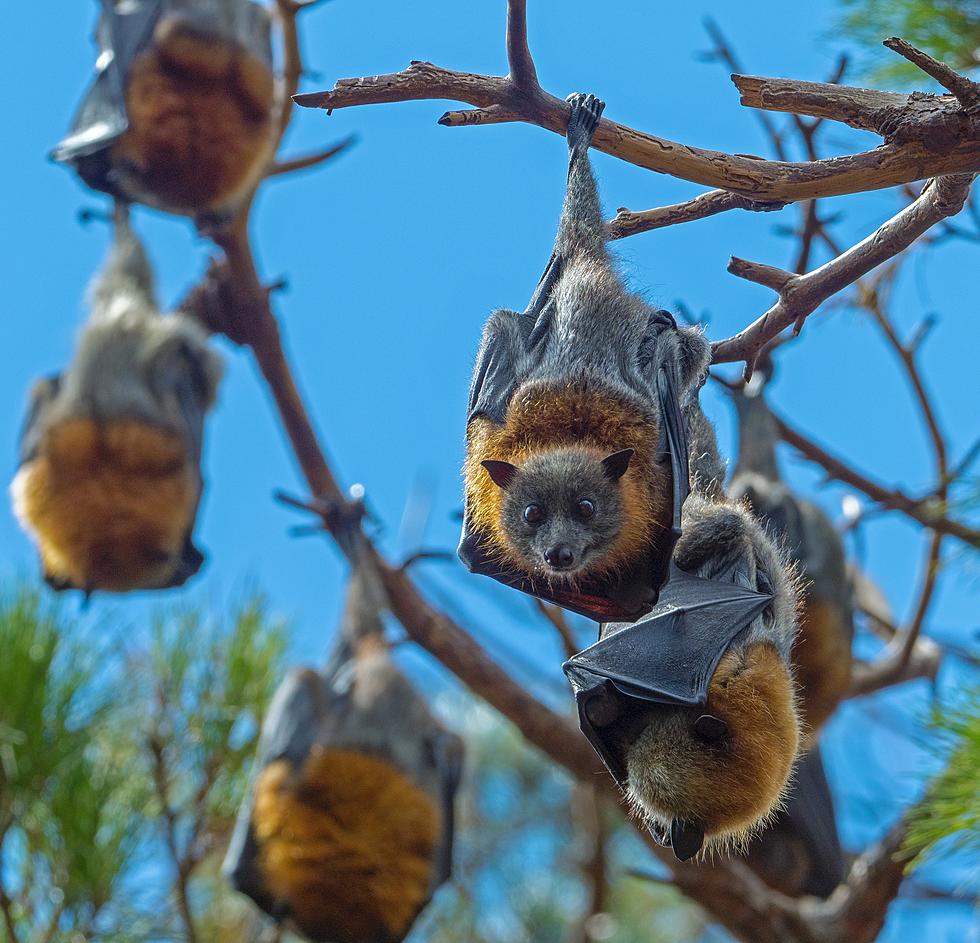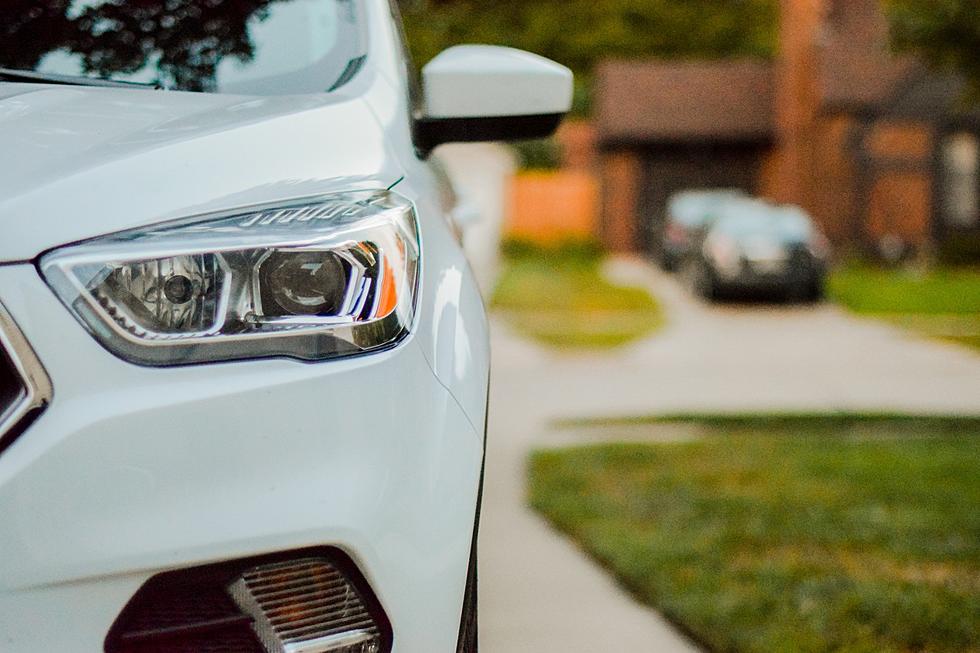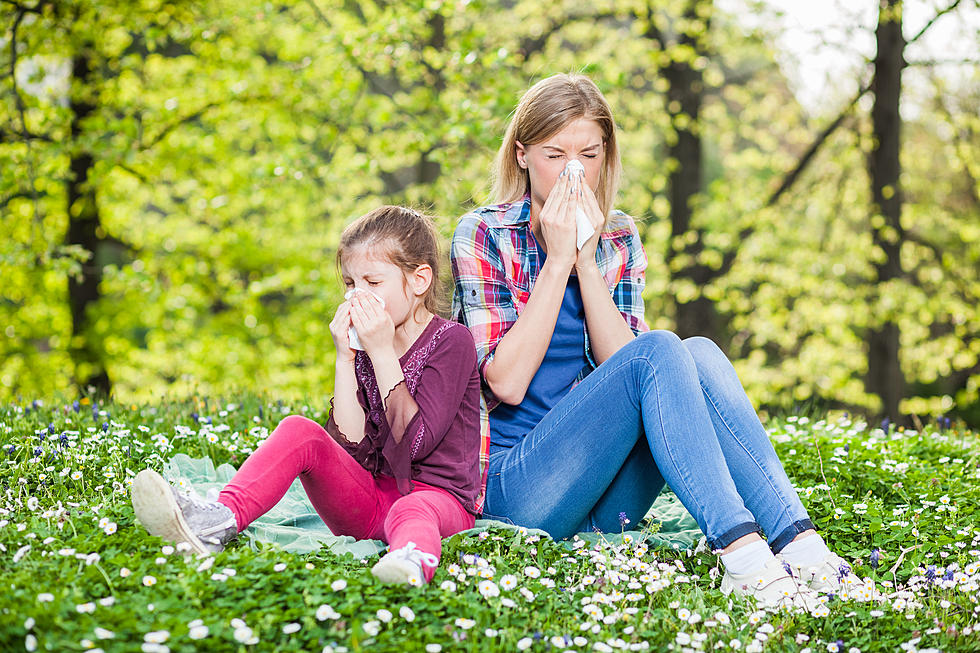
What Does ‘Air Quality Advisory’ Mean to Hudson Valley Residents?
You often hear things like "Heat Advisory" or maybe "Pollen Alert" or even "Air Quality Advisory." Do you know what these things mean? Who gets to decide if they are applicable or in effect?
Could you find yourself taking more allergy medicine on these alert days? Which places across New York State are known for having bad air quality?

So who gets to decide if there is such a things as an "Air Quality Alert" for today?
Who is the 'in charge' person or entity that gets to decide these things, and what do they base it on? Believe it or not, there is a government agency that decides these things. Surprised? Probably not. The agency is the AirNow.Gov. They take information, along with air standards that are set by the EPA (Environmental Protection Agency) and if there is a reason to let people know that the air that day isn't going to be great, they issue the alert.
What is considered a day that is showing bad air quality? Does it mean we might breathe in things we shouldn't?
There are 5 things that AirNow.gov measures when they are considering whether or not to issue an advisory. Those 5 things are:
- ground-level ozone
- particle pollution (also known as particulate matter
- carbon monoxide
- sulfur dioxide
- nitrogen dioxide
Are those 5 things actually able to be measured in the air? What level is an advisory issued?
When the agency measures the air quality, they actually have a series of 6 levels. Each level represents the amount of particulates in the air we breath. If it measures 0-200 ( or their first four levels) while there may be some people who will be feeling the effects of the bad air quality, an alert is not issued until the air quality level hits 201 or higher on their scale.
When an alert is issued, it is believed that persons who are sensitive to particulates, or have underlying health issues, will need to stay indoors and to not be outside exposed to the airborne contaminates.
Not sure if you are affected by allergies? Here are a few things to watch out for that could be signs of allergies
8 Uncommon Symptoms You May Not Realize Are Caused By Allergies
Hudson Valley Summer Flowers
Where to Pick Your Own Sunflowers in the Hudson Valley
More From 94.3 Lite FM

